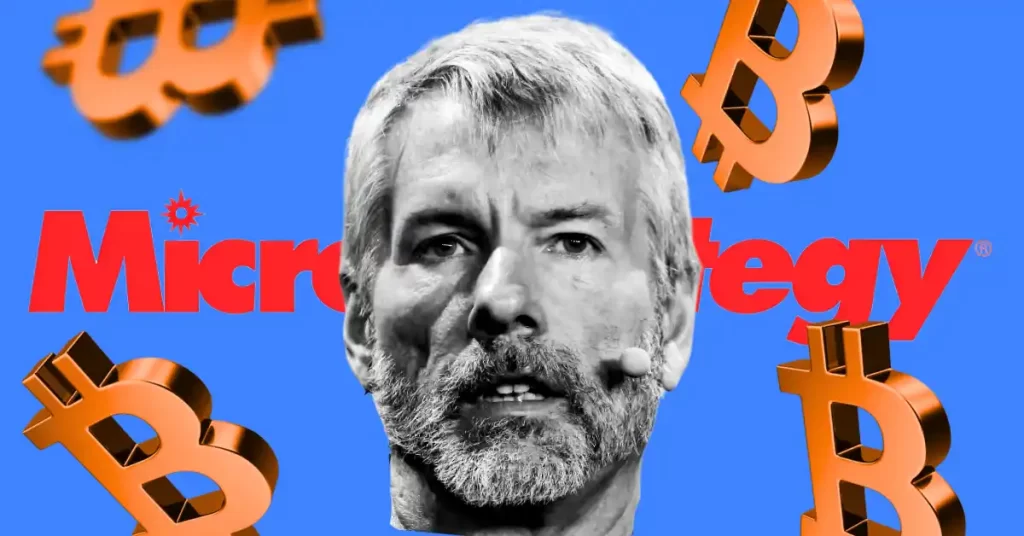MicroStrategy’s Michael Saylor releases crypto framework to guide US president Trump
The post MicroStrategy’s Michael Saylor releases crypto framework to guide US president Trump appeared on BitcoinEthereumNews.com.
Michael Saylor, the chairman of MicroStrategy, just put out a framework directed squarely at helping Trump’s administration figure out its crypto policies. According to Saylor, it is: “A strategic digital asset policy that can strengthen the US dollar, neutralize the national debt, and position America as the global leader in the 21st-century digital economy—empowering millions of businesses, driving growth, and creating trillions in value.” What’s in the framework? Saylor’s framework starts by breaking down digital assets into six crystal-clear categories based on how they work, what they’re for, and what backs them up. Bitcoin? That’s a “digital commodity”—no issuer, no middleman, just pure decentralized power. Then you’ve got digital securities (think stocks and bonds), digital currencies tied to fiat money, digital tokens for utility in ecosystems, digital NFTs for unique ownership of stuff like art, and digital ABTs, which are backed by physical things like gold or oil. The framework also lays out the rights and responsibilities of everyone in the digital economy—issuers, exchanges, and asset owners. He’s calling for a global, real-time system for creating, trading, and owning digital assets. Here’s how it works: issuers are responsible for fair disclosures and ethical behavior while keeping the right to create new digital assets. Exchanges get the green light to trade and transfer assets but have to stay transparent, protect clients’ funds, and avoid shady conflicts of interest. Owners? They get to self-custody and trade their assets but need to follow local laws. This means civil and criminal accountability is baked right in, so everyone knows the rules—and the consequences. Saylor’s third big move? Making regulations practical. He also wants the industry itself to lead compliance. Exchanges would handle collecting and publishing data, taking the pressure off overloaded regulators. Plus, he’s all about cost caps: compliance costs shouldn’t top 1% of…


